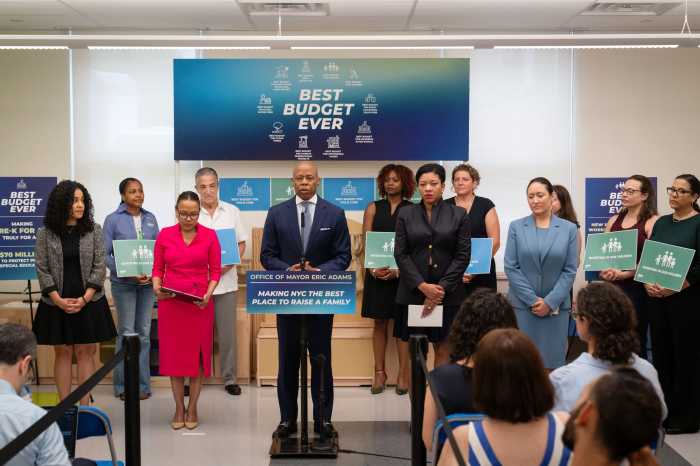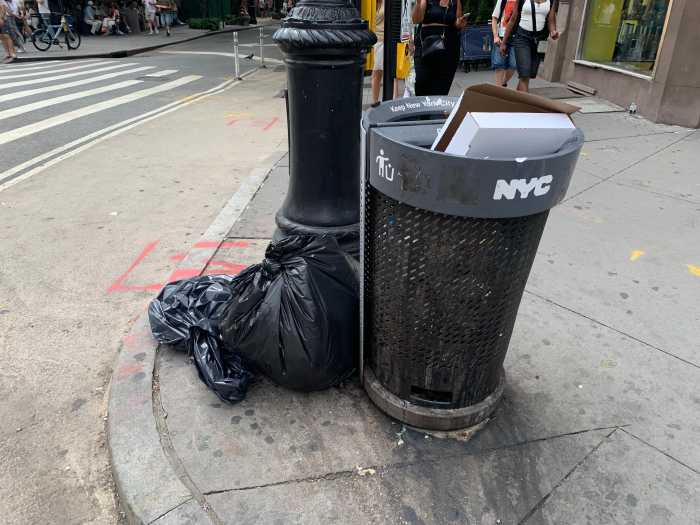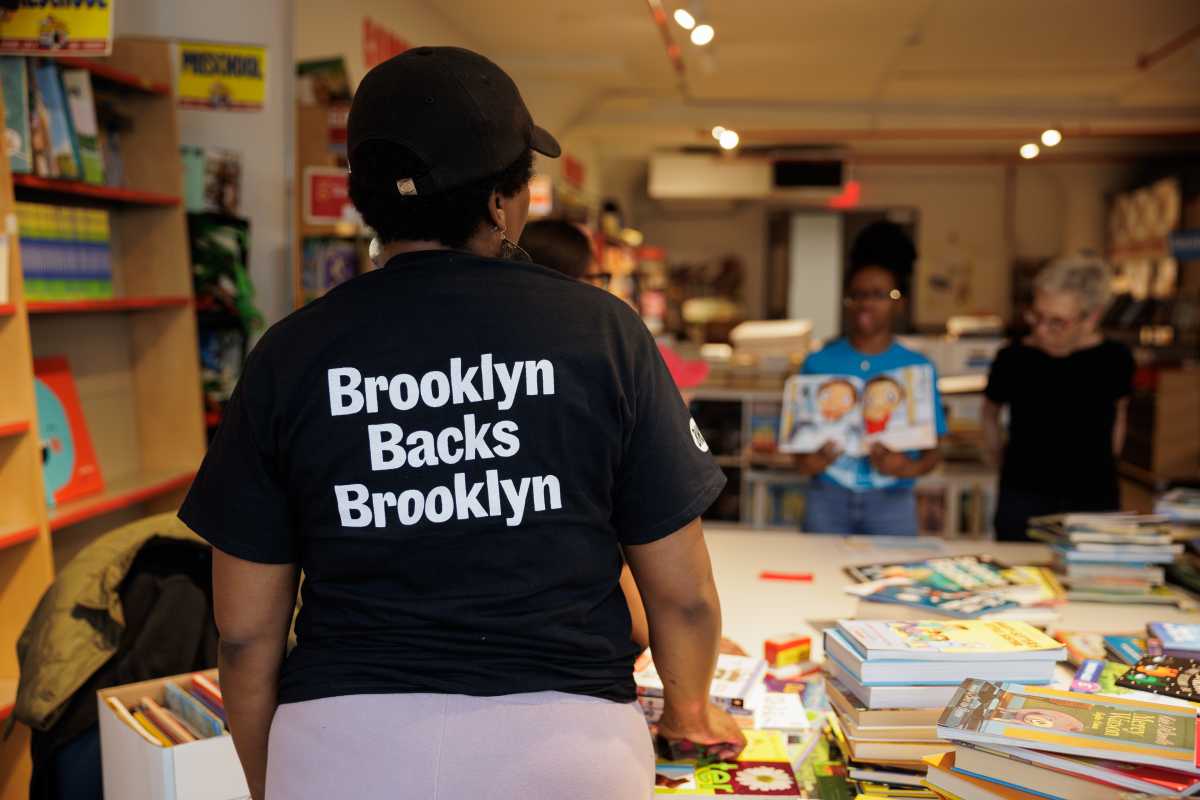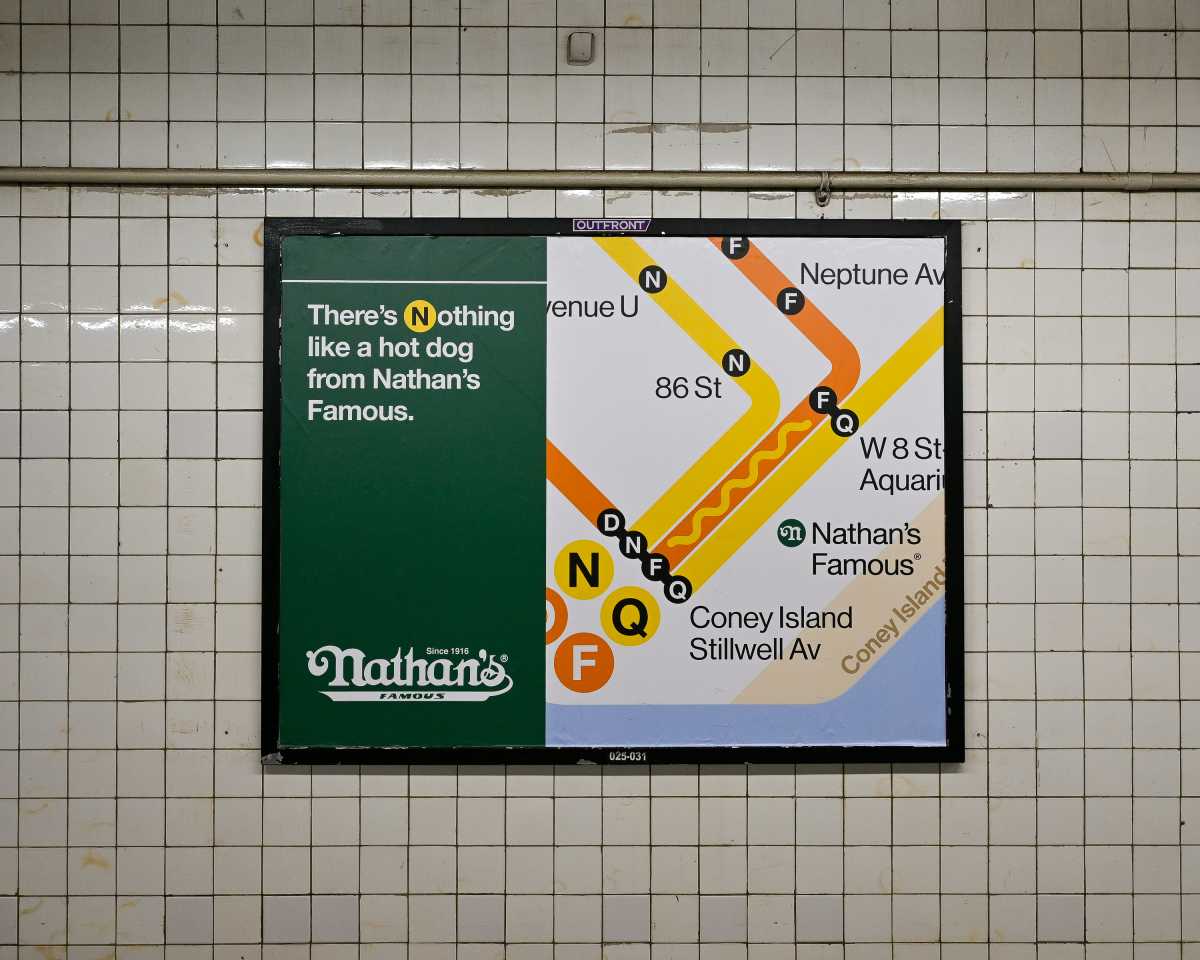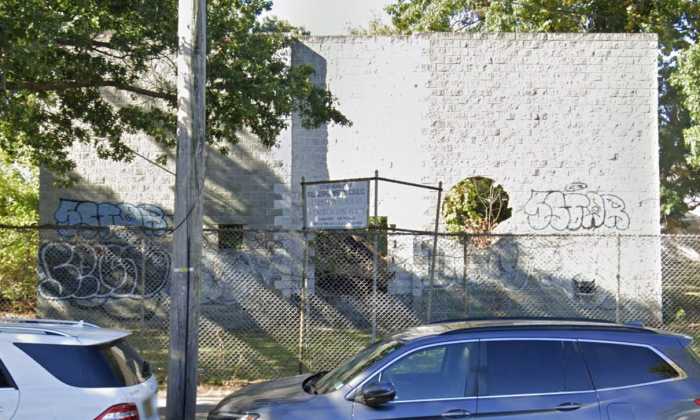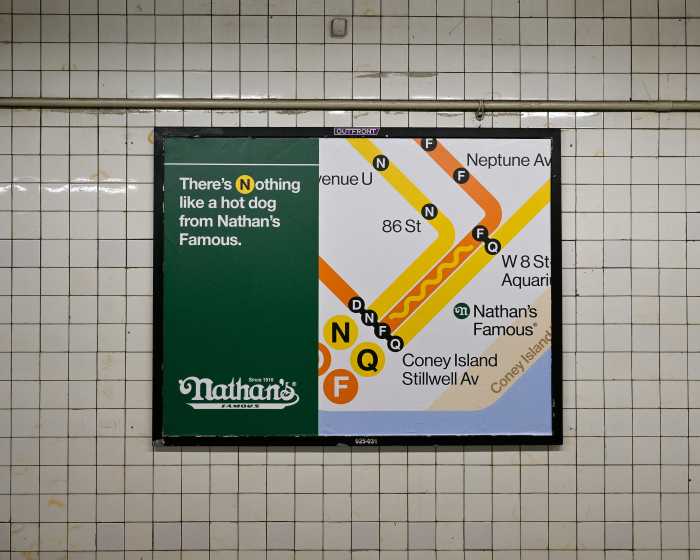It’s an all too familiar scenario that doesn’t seem to be getting any better. Each spring families in Lower Manhattan with a four-year-old ready to start school are receiving letters in the mail telling them there are not enough classroom seats in their neighborhood schools to accommodate their child.
This year the trend is even more disturbing because the wait lists are still long, even in light of a new elementary school opening up in the Tweed Courthouse, the Peck Slip school. In its first year, the school already has a wait list.
The NYC Department of Education sent out an estimated 99 letters to families last week informing them that their child would be unable to attend the school of their choice. Parents, rightly, are mobilizing by starting groups and initiating petition drives. They are particularly infuriated since they are fresh off the heels of a rezoning battle last fall that was intended to lessen the overcrowding problem and decrease the likelihood of wait lists.
What is so alarming about the situation is that the demographic data are out there, they’re easy to find, and have been at the D.O.E.’s disposal for quite some time. Since 2005 there has been a 46 percent increase in births in Lower Manhattan. In 2009, one thousand babies were born. Furthermore, 2010 saw another 25 percent increase in birth rates in Lower Manhattan from 2007. This statistic is a clear indication of the need for more kindergarten seats since it represents a four-year window. Data also suggest that even with the Peck Slip school incubator opening this fall, Downtown public schools can only take in 400 kindergarteners per year, which would prompt a shortage of 182 kindergarten seats and an overall shortage of 388 elementary seats come 2014.
The city D.O.E. should be using such statistics to guide its forecasting methods. The solution, when you look at the numbers, is quite simple: identify more school seats, build more schools, and build them fast.
Since 2009 Assembly Speaker Sheldon Silver has maintained a school overcrowding task force that has repeatedly warned the D.O.E. of the crisis and stressed the need for a new method when it comes to forecasting future enrollment numbers. There is a representative from the D.O.E. at each of the Speaker’s monthly task force meetings and yet it appears as if the data behind the crisis and the ideas to fix it are falling on deaf ears.
When NYC Schools Chancellor Dennis Walcott took the helm from Cathy Black last year, he appeared at one of the Speaker’s task force meetings. He acknowledged the expertise in the room and made a verbal commitment to utilize their data and knowledge concerning the crisis confronting the Lower Manhattan community. However parents in Downtown have yet to see that acknowledgement materialize in the form of adequate, additional classroom seats.
Lower Manhattan has witnessed an incredible boom in its residential population in the last decade: Over 30,000 new residents have decided to call the neighborhood home.
One thing is certain: Those families with children that moved to the neighborhood would not been less likely to do so if they knew the headaches they would confront assuring school seats for their children.
Schools cost money and we are beyond the point where the current D.O.E. capital plan can be amended. What must be done now is to plan ahead and start thinking about the 2014 capital plan.
Current data suggest that even when the Peck Slip school opens at its intended site, it will be at full capacity.
The D.O.E. must promise to take full advantage of the data that are more than accessible and to start investigating new sites for schools in the community. Such a promise might restore a little of the faith that is lost every year when families are told there’s no room for their child in their neighborhood school.




